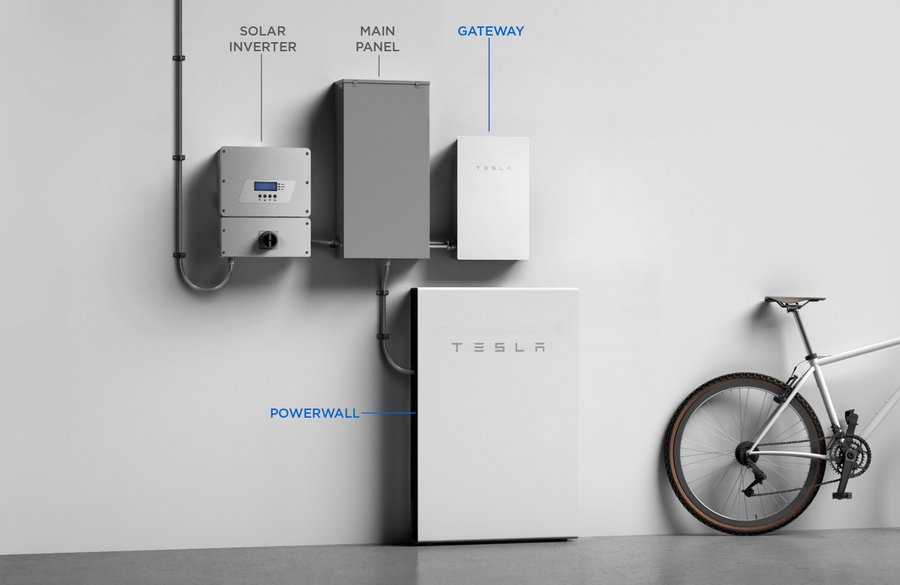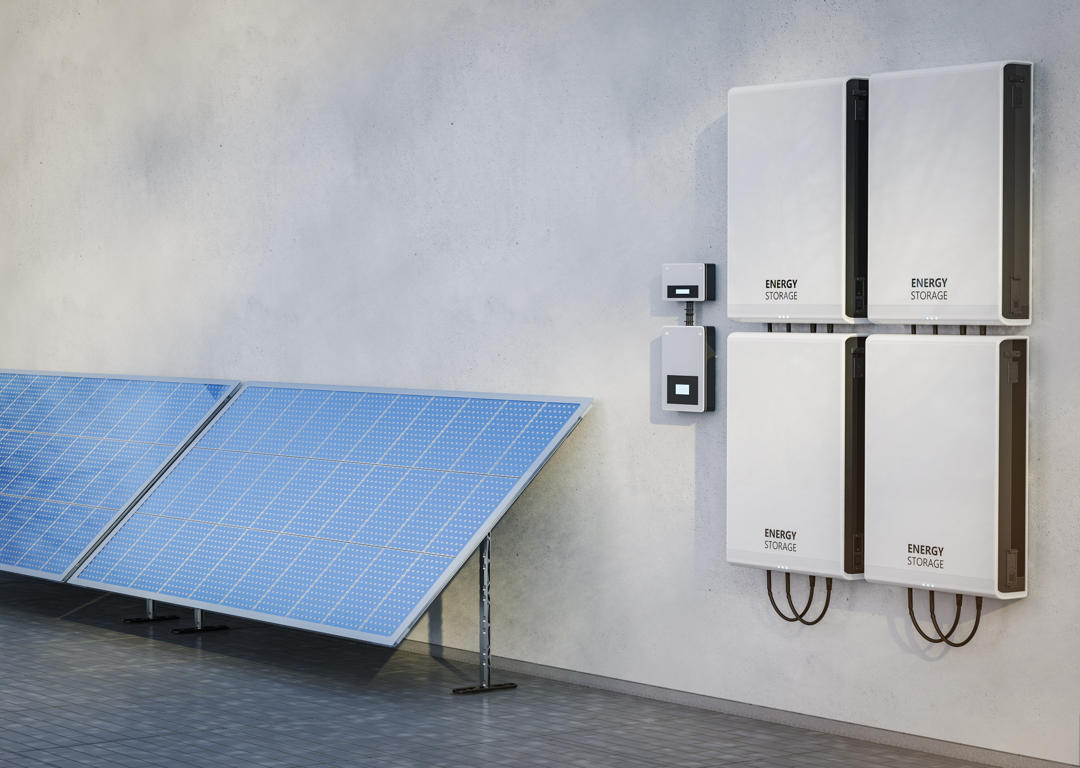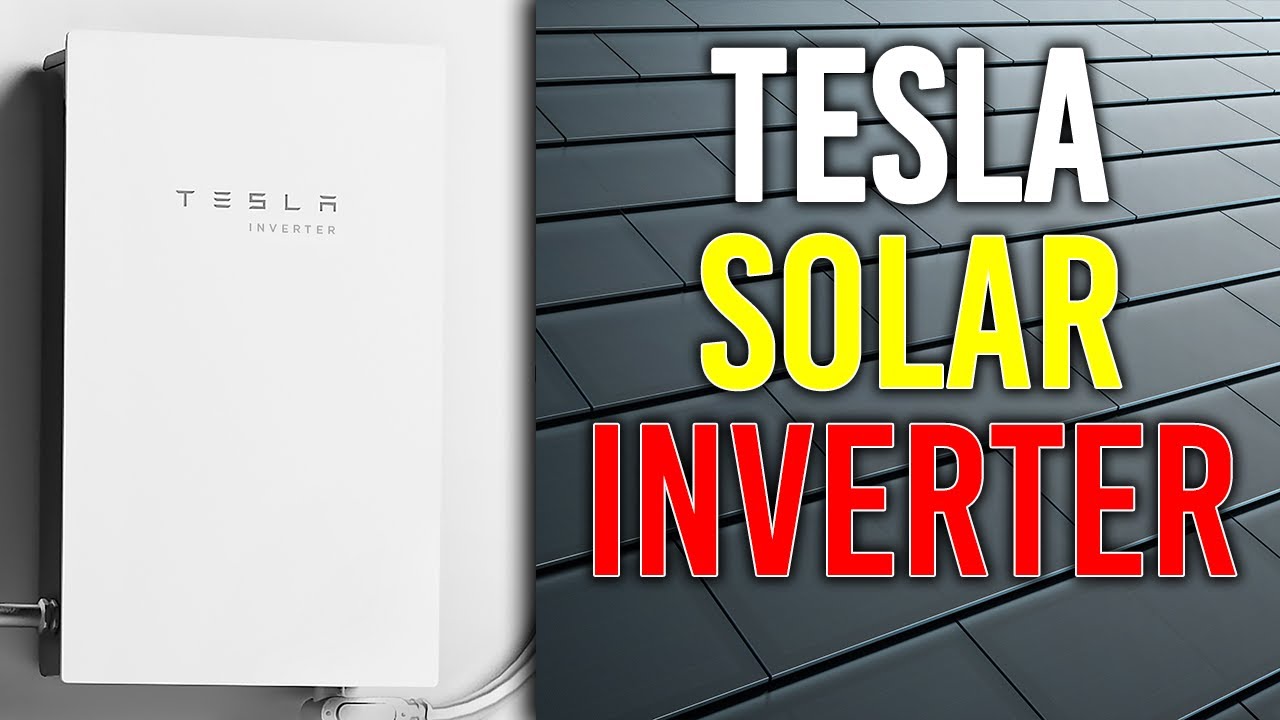Welcome to Simmytrified, where we demystify the technology shaping our sustainable future. In the world of home solar, few names command as much attention—or spark as much curiosity—as Tesla. Known for pushing the boundaries of electric vehicles and energy storage, Tesla has also made a significant foray into residential solar with its sleek Solar Roof and Panel systems.
But at the heart of every Tesla solar system lies a critical, and often overlooked, component: the Tesla Solar Inverter. This isn’t just another generic black box; it’s a key piece of Tesla’s integrated energy ecosystem. If you’re considering Tesla for your home solar needs, understanding their proprietary inverter is crucial to making an informed decision.
This deep dive will explore everything you need to know about the Tesla Solar Inverter. We’ll cover its unique design, how it compares to industry giants like Enphase and SolarEdge, its integration with the legendary Powerwall, and the all-important question: is it the right choice for your home?
First, a Quick Refresher: What Does a Solar Inverter Do?
Before we focus on Tesla, let’s remember the core function of any solar inverter. Your solar panels generate Direct Current (DC) electricity. However, your home and the electrical grid run on Alternating Current (AC). The inverter’s primary job is to convert that DC power into usable AC power.
But modern inverters do much more. They are the brains of the operation, performing Maximum Power Point Tracking (MPPT) to maximize energy harvest, providing system monitoring, and ensuring safety by disconnecting from the grid during outages (unless you have a battery).
The Tesla Solar Inverter: Born from Integration
Tesla entered the inverter market with a clear philosophy: seamless integration. For years, Tesla installed solar systems using third-party inverters. However, in late 2020, they unveiled their own in-house designed and engineered inverter.
Why did they make this move? Control. By designing the inverter, the panels, the battery (Powerwall), and the software all together, Tesla aims to create a perfectly harmonious energy system. The goal is a simpler, more reliable, and better-looking product that is easier to install and manage.
Key Design and Specifications of the Tesla Inverter
The Tesla Solar Inverter is a string inverter, but with several distinct features that set it apart:
-
Sleek, Minimalist Aesthetics: True to Tesla’s design language, the inverter is a compact, all-metal (aluminum and steel) unit with a clean, minimalist look. It’s designed to be mounted on a wall, either indoors or outdoors (with a NEMA 3R rating for weather resistance), and its muted appearance is a step up from the bulky, plastic-heavy designs of many traditional string inverters.
-
Power Ratings: The standard Tesla inverter comes in two power ratings to suit different system sizes:
-
3.8 kW
-
7.6 kW
For larger homes, multiple 7.6 kW units can be installed in tandem to handle system sizes well above 15 kW.
-
-
Dual Maximum Power Point Trackers (MPPTs): Each Tesla inverter has two independent MPPT channels. This is a critical feature for a string inverter. It allows the installer to connect two separate “strings” of panels to the same unit. Why does this matter? If you have panels on a south-facing roof and another set on a west-facing roof, the two groups will perform differently throughout the day. Independent MPPTs allow each string to operate at its own ideal voltage and current, maximizing the total energy harvest from both. This mitigates one of the traditional weaknesses of string inverters.
-
Integrated Connectivity: The inverter has built-in Wi-Fi, LTE, and Powerline Communication (PLC). The PLC is a key differentiator—it uses the existing electrical wiring in your home to communicate with Tesla Powerwalls, eliminating the need for extra communication wiring during installation. This simplifies the process and enhances reliability.
-
Tesla-Optimized Monitoring: All system data is fed directly into the Tesla app. This is where the integrated ecosystem shines. You don’t need a separate app for your inverter and another for your battery. The Tesla app provides a unified view of your solar production, home energy consumption, grid import/export, and Powerwall status in real-time and with historical data.
Tesla Inverter vs. The Competition: Enphase vs. SolarEdge
To truly understand the Tesla inverter’s place in the market, we must compare it to the two dominant technologies: Enphase (microinverters) and SolarEdge (power optimizers with a central inverter).
| Feature | Tesla Solar Inverter (String) | Enphase IQ8 (Microinverters) | SolarEdge (Power Optimizer System) |
|---|---|---|---|
| Core Technology | Central String Inverter | Microinverters at each panel | Power Optimizers at each panel + Central Inverter |
| Shading Handling | Good (with dual MPPT). A shaded panel can affect its entire string. | Excellent. Panel-level optimization. Shading on one panel doesn’t affect others. | Excellent. Panel-level optimization. Shading on one panel doesn’t affect others. |
| Monitoring | System-level (per string) | Panel-level. You can see the output of every single panel. | Panel-level. You can see the output of every single panel. |
| Expandability | Difficult. Adding panels later likely requires a new inverter. | Very Easy. Just add more panels with their own microinverters. | Moderate. May require upgrading the central inverter or adding an additional one. |
| Point of Failure | Single point. If the inverter fails, the whole system is down. | Distributed. If one micro fails, only one panel is down. | Mixed. If an optimizer fails, one panel is down. If the central inverter fails, the whole system is down. |
| Cost (Generally) | Often the lowest cost (part of Tesla’s value proposition) | Highest cost | Mid to High cost |
| Ideal For | Simple roof layouts, minimal shading, cost-conscious buyers. | Complex roofs, shading issues, max reliability, future expansion. | Complex roofs, shading issues, strong performance. |
The Verdict: The Tesla inverter adopts a more traditional string approach but refines it with dual MPPTs and beautiful design. It lacks the panel-level monitoring and optimization of its competitors, which is a significant trade-off. Its biggest advantages are its lower cost (within the Tesla ecosystem) and its flawless integration with Powerwall.
The Killer Feature: seamless Powerwall Integration
This is where the Tesla Solar Inverter moves from being just another component to being a star player. If you are getting a Tesla solar system with a Powerwall, the inverter’s value proposition changes dramatically.
-
Simplified “Whole-Home Backup” Operation: During a grid outage, the system must “island” itself—disconnect from the grid and power your home using only solar and batteries. This requires incredibly precise communication and coordination between the inverter, the battery, and the backup gateway. Because Tesla designs all three, this integration is seamless. The system automatically switches to backup power in a fraction of a second.
-
Storm Watch: When a severe weather event is forecasted, the Tesla system can automatically trigger Storm Watch on its own. It will prioritize charging your Powerwalls to 100% from the grid (if available) to ensure you have maximum backup power, all without you lifting a finger.
-
Unified Software and OTA Updates: The entire system—inverter, Powerwall, and software—is managed by Tesla. This means they can push Over-The-Air (OTA) updates to improve performance, add new features, or enhance security, much like updating the software in a Tesla car. Your system gets better over time.
-
Efficient DC Coupling (The True Magic): This is the most important technical advantage. When paired with a Powerwall, the Tesla solar system is DC-coupled.
-
What it means: Solar panels generate DC power. The Powerwall stores DC power. In a DC-coupled system, solar energy can flow directly to the Powerwall for storage without being converted to AC and then back to DC (which would incur energy losses each time).
-
The Benefit: Higher overall efficiency. You lose less energy in the storage process, meaning more of the sun’s energy ends up powering your home. Most systems that add a battery to an existing solar setup are AC-coupled, which is less efficient for charging batteries. Tesla’s native DC-coupling is a superior architecture for solar + storage.
-
Potential Drawbacks and Considerations
While the Tesla inverter is a compelling piece of tech, it’s not perfect for every situation. Here are the key considerations:
-
The “String Inverter” Limitations: The core drawbacks of string inverter technology still apply. If your roof has significant shading from trees or chimneys at different times of the day, a system with panel-level optimization (Enphase or SolarEdge) will significantly outperform a Tesla string-based system. A shaded panel on a string can drag down the output of every other panel on that string.
-
Limited Monitoring Detail: You cannot monitor the performance of individual panels. If one panel fails or is underperforming due to dirt or damage, the Tesla app will only show a drop in the overall production of that string. You won’t be able to pinpoint the exact problem panel yourself; you’d need to contact Tesla support to potentially diagnose it.
-
Tesla’s Ecosystem is a “Walled Garden”: The Tesla inverter is designed to work best with Tesla products. While it can technically work without a Powerwall, you lose its biggest advantage. Furthermore, integrating non-Tesla components down the line would be difficult or impossible.
-
The Tesla Customer Experience: This is a major factor for many. Tesla is known for its disruptive, low-cost, high-volume business model. This can sometimes come with trade-offs in customer service. Communication can be slow, and the process is highly centralized and automated. While many have flawless experiences, others report frustrations with scheduling, responsiveness, and post-installation support. This is less about the inverter’s quality and more about the company behind it.
Who is the Tesla Solar Inverter Ideally Suited For?
The Tesla Solar Inverter isn’t for everyone, but it’s a phenomenal fit for a specific customer:
-
The Tesla Completest: You’re all-in on the Tesla ecosystem. You own a Tesla vehicle and want a Tesla solar + Powerwall system for your home. The integrated experience is your top priority.
-
The Value Seeker: You want a high-quality solar + storage system at the most competitive price. Tesla’s in-house inverter helps them control costs and offer some of the lowest prices per watt in the industry.
-
The Homeowner with an “Ideal” Roof: Your roof is largely unshaded, has a simple layout, and faces a direction (typically south or west) that maximizes sun exposure. This minimizes the drawback of not having panel-level optimizers.
-
The Backup Power Planner: Your primary motivation for going solar is to ensure resilience against power outages. The DC-coupled integration between the Tesla inverter and Powerwall is the most efficient and reliable way to achieve whole-home backup.
READ ALSO:
- The Ultimate Guide to the Best Solar Inverter for Your Home
- Solar Power Installation: Your Complete Guide to Going Solar
- How Does a Solar Inverter Work? A Simple Guide to Understanding Solar Power Systems
- Why a 4.3KVA Hybrid Solar Inverter for Your Home is the Perfect Energy Solution
The Bottom Line: Is the Tesla Solar Inverter Right for You?
The Tesla Solar Inverter is a well-engineered, aesthetically pleasing string inverter that finds its true purpose when paired with a Tesla Powerwall. Its value is not in being the most feature-rich inverter on the market, but in being the most seamlessly integrated component within the Tesla energy ecosystem.
Choose Tesla if: Your priority is a cost-effective, integrated solar and battery solution from a single brand, you have a relatively simple roof, and you value the sleek design and OTA updates.
Consider other options (Enphase/SolarEdge) if: Your roof has significant shading issues, panel-level monitoring is a non-negotiable feature for you, you want the absolute maximum energy production regardless of cost, or you prefer to work with a local, independent installer for more personalized service.
Ultimately, the best solar system is the one that is perfectly tailored to your home, your energy goals, and your budget. The Tesla inverter is a powerful tool in that journey, but it’s essential to understand its strengths and limitations before you make the leap.
Have questions about the Tesla ecosystem? Considering a solar upgrade and unsure about the right path? Share your thoughts and scenarios in the comments below—let’s discuss!


